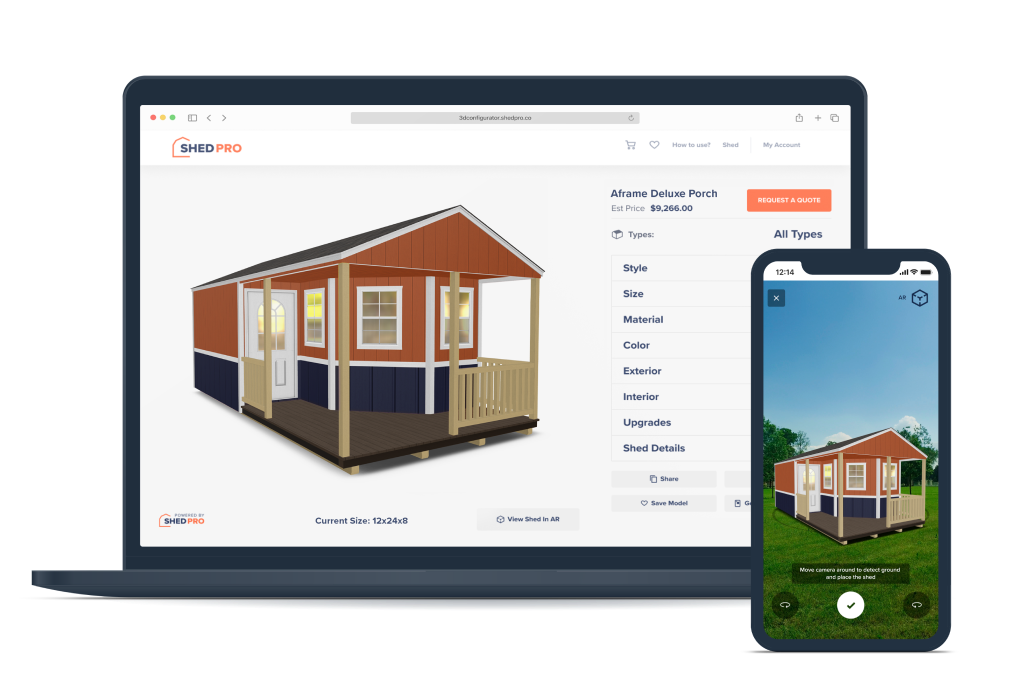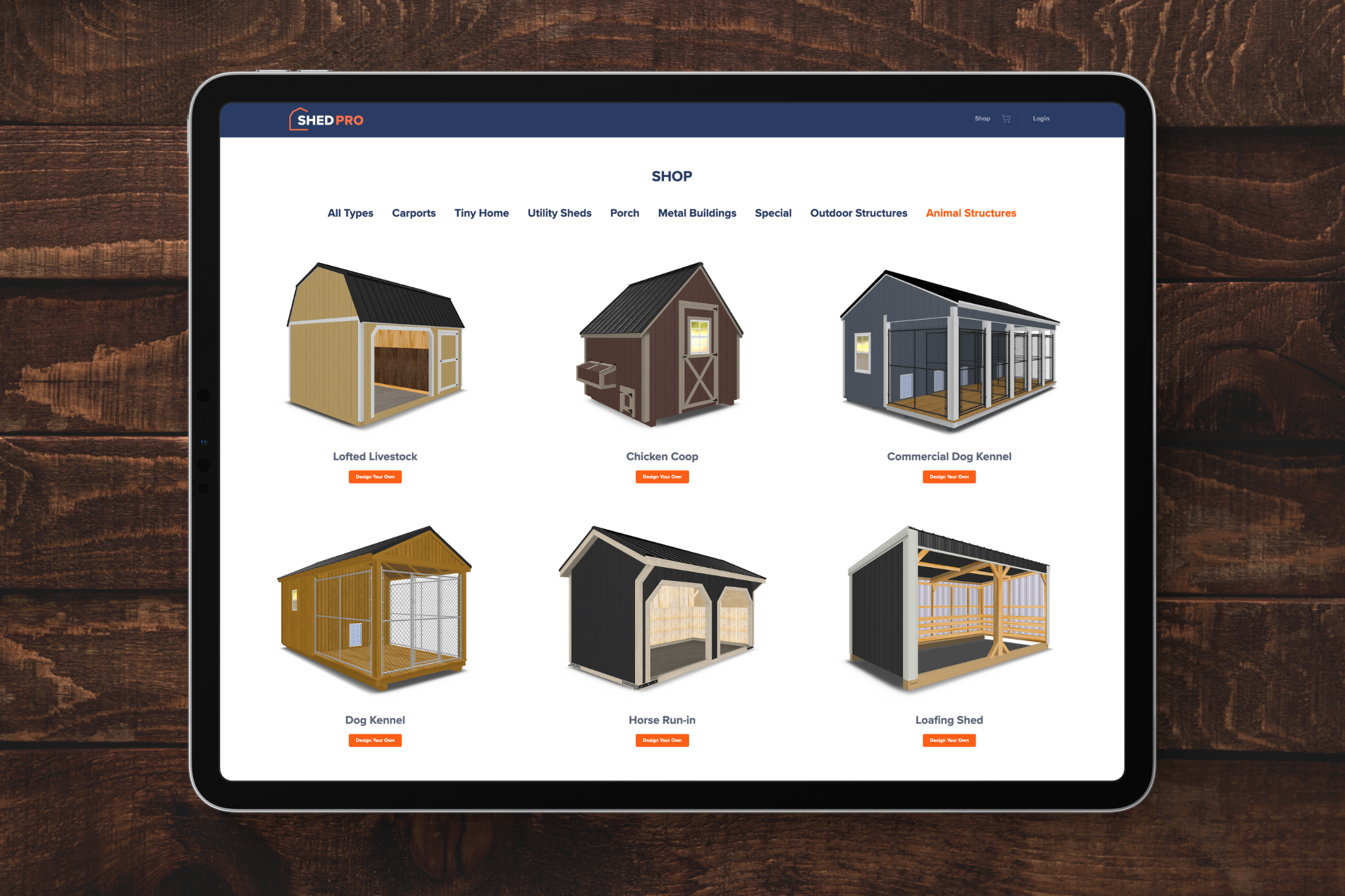Transparent Pricing Should Support Your Growth — Not Punish It
Copy Link

Most shed businesses don’t worry about software pricing—until it starts getting in the way.
Tiered or per-building pricing can look fair at first. But as your business grows, those costs creep up. The more you sell, the more you’re charged. Over time, success feels like it comes with a penalty.
That’s not how it should work.
At ShedPro, our pricing is different. It’s always fixed and predictable. In fact, we’ve never raised prices for existing customers—not once in over five years. You grow your business, and your software cost stays the same.
Let’s break down why that matters.
1. It Kills Momentum at the Worst Time
Growth takes work. You invest in marketing, train your reps, and build customer trust. But when your software bill jumps every time you sell more buildings, it starts to hold you back.
Suddenly, you’re tracking usage instead of closing deals. You avoid adding new users. You skip upgrades to avoid moving into the next pricing tier. Momentum slows—right when it should be building.
With fixed pricing, you don’t have to hold back. You can keep growing without being punished for doing well.
2. Tiered Pricing Breaks Your Budge
Shed businesses already deal with change. Seasons shift. Dealer networks evolve. Staffing levels rise and fall.
Your software pricing shouldn’t be another unknown.
Tiered models make it hard to predict costs. One good month can lead to a much higher invoice the next. That uncertainty makes it harder to plan, budget, or invest with confidence.
With ShedPro, your pricing stays flat—no matter how many buildings you sell. It’s one monthly number. No surprises.

3. Usage Limits Lead to Missed Opportunities
When pricing is tied to volume, teams hold back. They skip features. They avoid logging data. They stop fully using the tools they’re already paying for.
This cuts into the value of your software. It also slows down your reps and leaves managers with fewer insights. The system becomes something to manage, not something that helps.
Flat-rate pricing solves this. Your whole team can use the full platform without worrying about cost triggers. As a result, everyone works faster—and smarter.
4. Fixed Pricing Removes Friction
Software should support growth, not block it. That’s why we designed ShedPro with transparent, fixed pricing.
There are no hidden fees. No per-user add-ons. No surprise charges based on usage. You choose the tools you need, and your cost stays the same—every month.
This gives you freedom. You can expand your team, test new ideas, or open new regions without double-checking the impact on your bill. ShedPro removes friction so you can move faster.
5. We’ve Never Raised Prices on Existing Customers
Since day one, we’ve believed in long-term relationships. That’s why we’ve kept pricing stable for our customers—for more than five years.
Many companies lock you in, then raise prices once you’re established. We don’t. We grow with you, not off of you. When your business succeeds, we celebrate. We don’t send a bigger bill.

Bottom Line: Predictable Pricing Supports Real Growth
If your current software charges more as you sell more, you’re being penalized for success. That model adds stress, limits your team, and makes it harder to grow.
At ShedPro, we do it differently:
- ✅ Fixed monthly cost
- ✅ Full feature access
- ✅ No tier jumps or growth penalties
- ✅ No price increases for loyal customers
You grow. Your pricing doesn’t.


